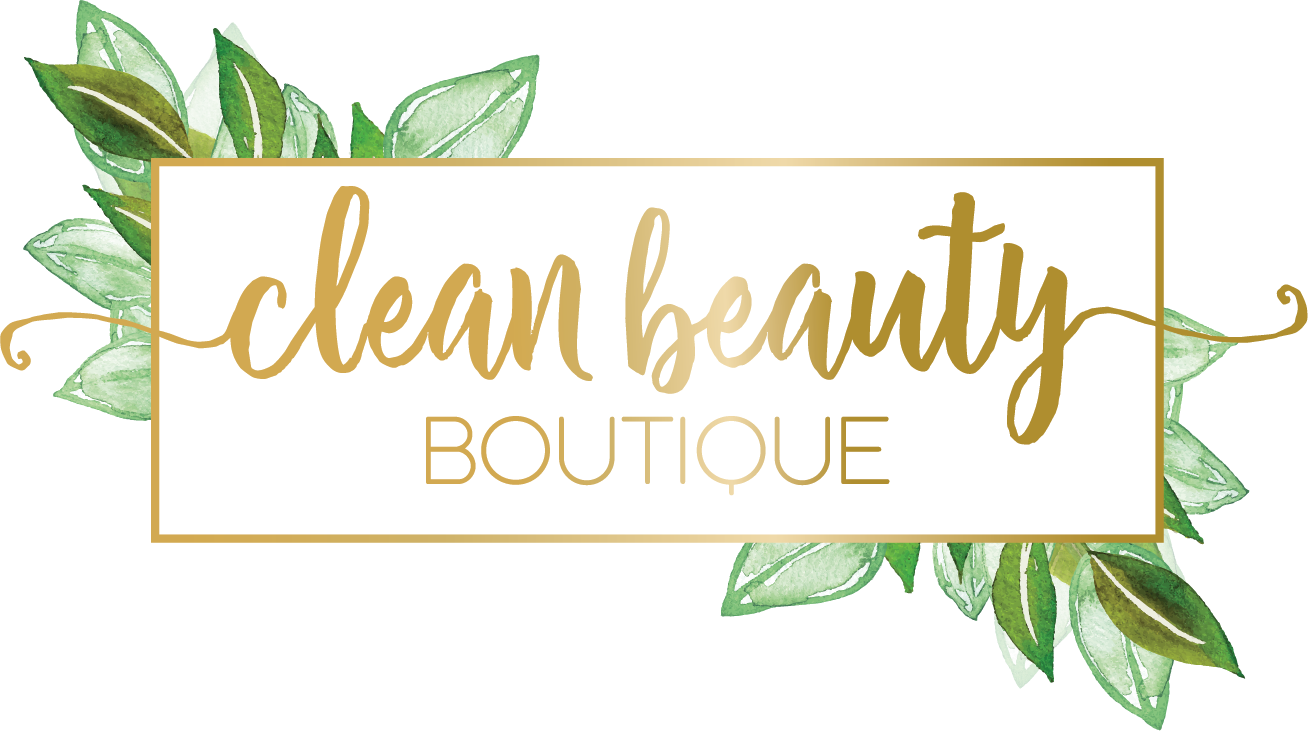BYE Propellants - We’re Reducing Our Carbon Footprint
Have you ever stopped to REALLY consider what is in the products you are using? It is so easy getting comfortable with products that work and are easy to pick up from your favorite salon or local store. However, many cosmetic and beauty products contain ingredients that might make you think twice about what you are putting on your body and what you are inhaling in the process
Cosmetic and personal care aerosol products, such as hair spray, deodorants, dry shampoo, or foam products contain propellants.
Propellants are just a portion of the ingredients needed to ensure your product works. During the process of using the product, the propellants expand from a liquid to a gas when they are released into the air.
Unfortunately, this means much of the products you are purchasing are filled with a lot of gasses and not much product. Because of the way aerosol products are created, many of them float in the air several minutes before landing everywhere in site—which is, quite frankly, pretty disgusting. Do you really want chemicals and products covering the surface of your entire bathroom?
The Back Story of Propellants
Today, we have been told that the propellants in aerosol cans are not harming the ozone layer like their former CFCs were. Here’s the progression of aerosol products in the U.S.
The first aerosol-based product was invented in the 1920s by the U.S. Department of Agriculture scientists to pressurize insect spray. This was mainly used overseas for our troops.
Following the invention, the use of consumer applications took off for the following decades, including the beauty and cosmetics industries.
During the mid-1970s, ozone depletion reaches the public’s attention, and with it the inquiry into aerosol-based products.
The result—The U.S. federal regulations banned products containing CFCs—chlorofluorocarbons—from being used in products because of the detrimental effects they were having on the ozone layer.
Today, modern aerosol products are made with propellants, which contain hydrocarbons and compressed gasses, such as nitrous oxide.
We still have concerns.
Although propellants do not deplete the ozone layer the way CFC’s previously did, we have concerns. Hydrocarbons and compressed gasses do contribute to global warming. And, on a small scale, they also contribute to ground-level ozone layers which happen to be one of the key components to asthma-inducing smog.
This is caused by the CFC-free aerosol products containing VOCs (volatile organic compounds} which can be found in other beauty products such as nail polish, perfumes, mouthwash, pump hairsprays, and roll-on/stick deodorant.
More specifically, some beauty products contain Butane. According to cosmeticsinfo.org, “Butane, Isobutane, and Propane are colorless and odorless gases,” and they are, “derived from petroleum and natural gas.” They are also said to be harmful to the environment. Not to mention, famous product lines list Butane as their first ingredient. Yah—no thanks!
Let us help you keep these products out of your home.
At Clean Beauty Boutique, we will no longer be selling any products containing propellants. We’re doing our best to keep our carbon footprint as minimal as possible and we can help you do the same.
